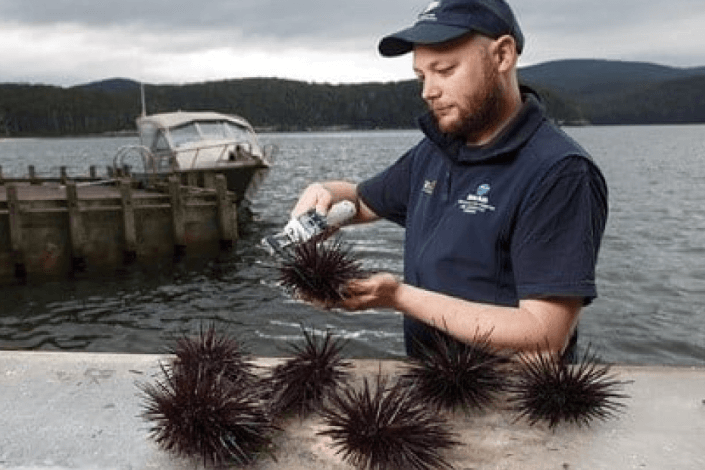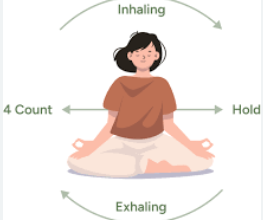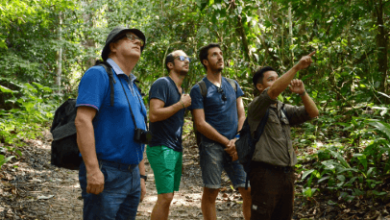The Fascinating Tech Behind Sea Urchin Singapore Aquaculture

In the bustling innovation hub of Southeast Asia, sea urchin Singapore aquaculture is making waves. Combining cutting-edge technology and environmental sustainability, Singapore is pioneering how these spiny delicacies are cultivated. For a country with limited natural marine resources, the blend of tech and aquaculture offers not just culinary delights but also ecological benefits.
Why Sea Urchins Matter: From Plates to Ecosystems
Sea urchins, especially their prized roe (uni), are considered a delicacy in high-end dining. But beyond their culinary appeal, they play an essential role in marine ecosystems by controlling algae overgrowth on coral reefs. Over-harvesting, however, has made sea urchins increasingly scarce, creating a demand for sustainable aquaculture solutions.
In Singapore, where seafood imports account for 90% of local consumption, sustainable farming practices for sea urchins could significantly reduce reliance on imports and create new avenues for the local seafood industry.
See also: Nutrition Counseling Services for Better Eating Habits
The Technology Driving Sea Urchin Farming in Singapore
Behind the rise of sea urchin farming is a suite of advanced technologies, making what seems like a daunting task both feasible and scalable. Here are some of the key innovations transforming the industry:
- Recirculating Aquaculture Systems (RAS):
- RAS technology creates a controlled environment where water quality is continuously monitored and recycled. This ensures optimal conditions for sea urchin growth while minimising water usage.
- AI-Powered Monitoring Systems:
- Artificial intelligence tracks water temperature, pH levels, and nutrient content, ensuring the perfect conditions for sea urchins to thrive. These systems can detect anomalies and alert farmers before they escalate.
- Automated Feeding Systems:
- Sea urchins feed on algae, but ensuring consistent nutrition is vital for high-quality roe production. Automated feeders distribute the right amounts at the right time, maximising growth and reducing waste.
- 3D Printing of Habitats:
- Mimicking natural rocky crevices, 3D-printed habitats provide safe spaces for sea urchins to grow. This technology also reduces the need for harvesting rocks from natural ecosystems.
Singapore’s Aquaculture Revolution in Numbers
Singapore’s focus on food security and sustainability is driving the adoption of innovative aquaculture practices. Consider these statistics:
- The Singapore Food Agency (SFA) aims to produce 30% of the nation’s nutritional needs locally by 2030, up from the current 10%.
- In 2023, aquaculture contributed to 9% of the local seafood supply, with sea urchin farming showing promising growth.
- Singapore’s RAS systems reduce water consumption by 90% compared to traditional aquaculture, aligning with the country’s water-scarce reality.
Environmental Benefits of Sea Urchin Farming
Farming sea urchins is not just about satisfying gourmet appetites—it has profound ecological implications.
- Algae Control: In marine environments, unchecked algae can smother coral reefs. Farming sea urchins can relieve harvesting pressure on wild populations, allowing them to continue their ecological role.
- Carbon Footprint Reduction: Importing sea urchins involves air freight and long supply chains, increasing carbon emissions. Local farming drastically cuts down on transportation-related carbon footprints.
- Efficient Land Use: Using vertical aquaculture setups, sea urchins can be farmed in compact urban spaces, a boon in land-scarce Singapore.
Challenges in Scaling Sea Urchin Farming
Despite its potential, sea urchin farming faces some hurdles:
- High Start-Up Costs: Technologies like RAS and AI monitoring require significant investment, which may deter smaller operators.
- Slow Growth Rates: Sea urchins take 2–5 years to mature, which can delay returns for farmers.
- Consumer Awareness: While uni is popular in Japanese cuisine, Singaporean consumers are still warming up to locally farmed sea urchins.
Addressing these challenges requires a mix of technological innovation, government support, and public education.
Economic Opportunities in Sea Urchin Farming
The intersection of technology and aquaculture creates exciting economic opportunities:
- Job Creation: Advanced aquaculture requires expertise in engineering, AI, and marine biology, creating high-skill job opportunities.
- Export Potential: With a global demand for uni, Singapore could position itself as a premium exporter of sustainable sea urchins.
- Tourism and Education: Combining aquaculture with tourism, facilities could offer guided tours showcasing sustainable seafood production, much like Japan’s sake breweries or Norway’s salmon farms.
How to Support the Growth of Sea Urchin Farming in Singapore
For this burgeoning industry to thrive, stakeholders—ranging from consumers to policymakers—play a critical role:
- Government Incentives: Subsidies for adopting advanced farming technologies could lower barriers for new entrants.
- Collaboration with Restaurants: Partnerships with local eateries can introduce farm-to-table uni experiences, boosting demand.
- Public Education Campaigns: Highlighting the sustainability and quality of local sea urchins can win over sceptical consumers.
Sea Urchin Farming as a Sustainability Model
Singapore’s sea urchin aquaculture embodies the spirit of innovation and sustainability. By harnessing technology, this industry not only satisfies culinary demand but also contributes to global efforts in marine conservation and sustainable food production.
The Path Forward
As Singapore continues to explore the boundaries of urban aquaculture, the success of sea urchin farming could serve as a blueprint for other nations. Combining cutting-edge technology with ecological responsibility, this approach addresses food security while minimising environmental impact.
For those interested in sustainability, technology, or simply enjoying the freshest uni, supporting the development of sea urchin Singapore farming is a step toward a tastier and greener future.





